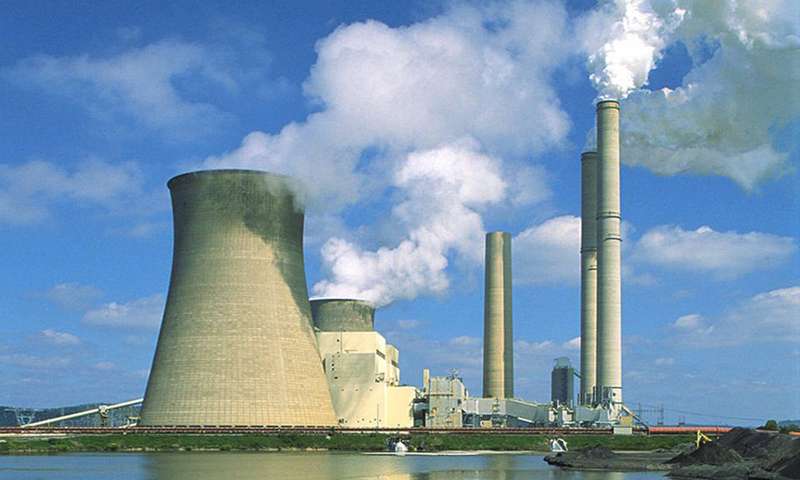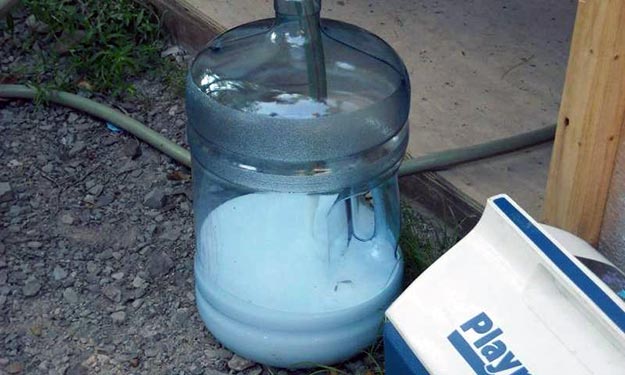It was a good week for new technology as a team of researchers at Columbia University announced a way to get renewable energy from evaporating water—they have come up with two devices, one a piston-based engine that generates electricity while floating, and the other, a rotary engine that powers a tiny car.

Schematic illustration of electrically biased suspended graphene and light emission from the center of the suspended graphene.
Also, another team with members from the U.S. and Korea demonstrated for the first time an on-chip visible light source using graphene—the world’s thinnest light bulb. And a team of chemists at UCLA announced that they had devised technology that could transform solar energy storage—it is a way to extend energy storage in solar cells from microseconds to weeks. Read more





